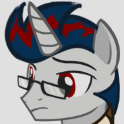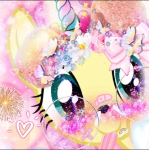news ToonKriticY2K and accusations of sexual misconduct
-
Similar Content
-
- 18 replies
- 518 views
-
- 8 replies
- 524 views
-
- 13 replies
- 872 views
-
- 22 replies
- 1,623 views
-
- 6 replies
- 947 views
-
-
Recently Browsing 0 members
- No registered users viewing this page.






Recommended Posts